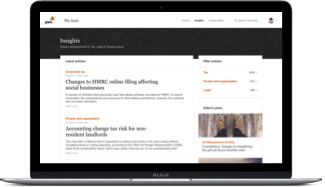This article looks at the Mutual Agreement Procedure Statistics for 2017, which have recently been published by the OECD, and provides some insights to latest developments in cross-border dispute resolution.
The Report on BEPS Action 14 (Making Dispute Resolution Mechanisms More Effective), published on 5th October 2015, proposes a commitment by jurisdictions to implement a minimum standard to ensure that they resolve treaty-related disputes in a timely, effective and efficient manner and to have their compliance with the minimum standard reviewed and monitored by their peers. It has since been adopted by many jurisdictions, and the OECD recently published 2017 MAP statistics of all the members who are part of the Inclusive Framework and joined prior to 2018.
The figure below shows that a significant number of Transfer Pricing MAP cases had been filed at the start of 2017, with the number of new cases filed increasing by 26% compared to 2016. This aligns with our experience that transfer pricing is under greater tax authority scrutiny than ever before with more and larger Transfer Pricing investigations resulting in taxpayers becoming more frequently exposed to double taxation. It might also suggest that the work of BEPS in this area is starting to reap rewards, with greater emphasis on tax authorities to deal with disputes more quickly and effectively, which has provided taxpayers with increased confidence and trust in applying for MAP.
Another positive sign of this renewed focus on MAP by tax authorities is that, despite the increase in the number of Transfer Pricing MAP cases filed in 2017, the inventory decreased significantly by the end of 2017 by approximately 11%, due to a substantial number of cases being closed during 2017.

